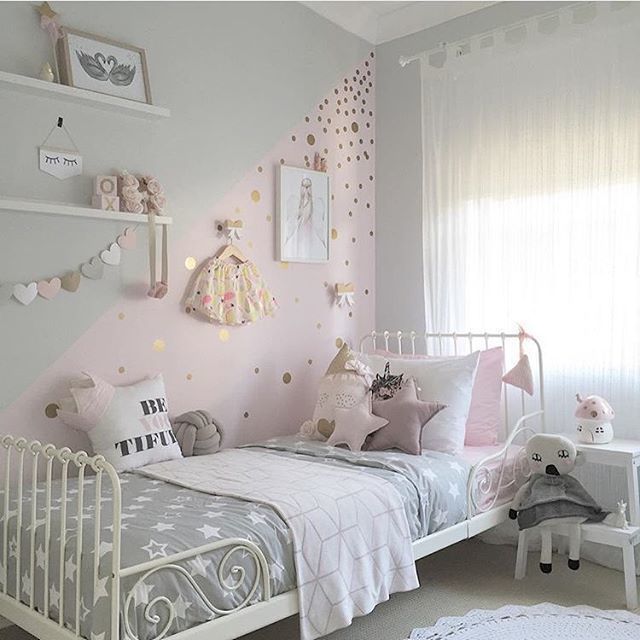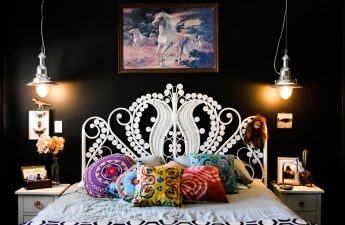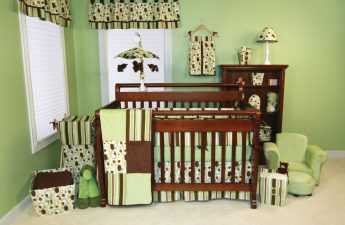Create a room in which the child will befeel like a full-fledged master, will find inspiration for creativity and hard work, and will definitely remain a child - the task is far from simple. About how to achieve all of the above with the help of design, we will tell the designer with a name and recognizable style - Elena Teplitskaya
While expecting the birth of a child, many parentsthink about the need for a special room design for a new family member. And here you need to be careful, because many factors influence the formation of a personality, including the emotional comfort of the surrounding space. Designer Elena Teplitskaya will tell you how to make a cozy nursery "for growth", when to change the interior and what pitfalls can be encountered along the way. Elena Teplitskaya, designer Famous Russian designer, creator of interiors and designer clothes. She is known for her bold experiments with color and the ability to find organic design solutions even in outrageous projects. She studied at the Moscow State University of Art and Technology. Stroganov, then in Switzerland and Great Britain. Since 1999 he has been the head of the Teplitskaya Design studio. Permanent participant of the Moscow Fashion Week. Elena Teplitskaya's style is a special attitude to architecture, interior design, clothing, art objects, based on inner harmony and the ability to accurately convey mood. teplitskaya.ru
- As a rule, for a small child is givena smaller room in the house, this is natural and even logical, because the parent bedroom should not be less than the nursery. Therefore, the use of cold pastel shades - classical for children - is justified not only by their neutral and soothing properties, but also by their ability to expand space. Especially it concerns blue, turquoise, green shades. However, remember that the less sun in the room, the warmer the colors used should be. 
The children's room is welcomed with a colored ceiling,corresponding to the general color scheme. And here again the principle of warm / cold operates: the higher the ceiling, the warmer its color, the lower - the colder. Children also like this technique, in which the wall "grows" into the ceiling: that is, the ceiling and one of the walls are painted in the same color. Avoid the literal and obtrusive images in the wallpaper drawing. It is unlikely that you will change them every season, and such patterns quickly become boring and "imprinted" in the memory of the child for life. 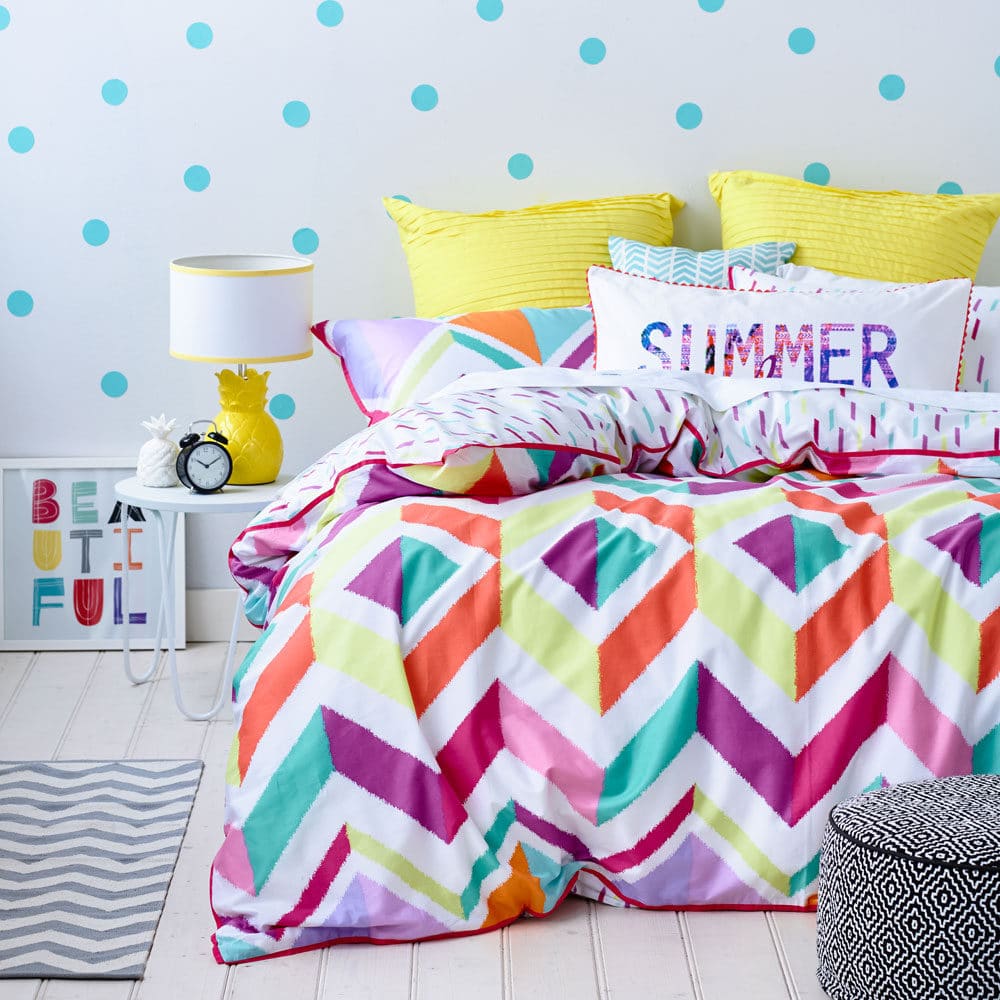
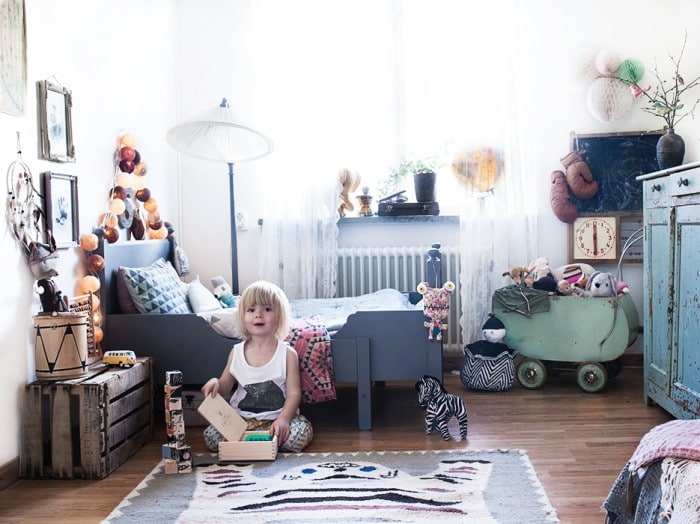
Textile decor and individual pieces of furniture canact as accents - they should combine more intense shades, rather than background colors of walls, floor and ceiling. For example, if the room is made in a combination of peach and lilac-blue, then the sofa or bedspread on the bed should be more saturated purple, and the pillows - light peach. This combination can be supplemented with lilac-blue curtains, rug, puff and so on. 
A teenager will fiercely defend his interestsand preferences. He is a nihilist in terms of color, and will demand from you achromatic solutions: a lot of white, gray and black. But the girl and boy will gladly accept the color accents, the children intuitively feel their strength, they agree to large local color spots. Boys will prefer blue, red, orange and yellow colors. 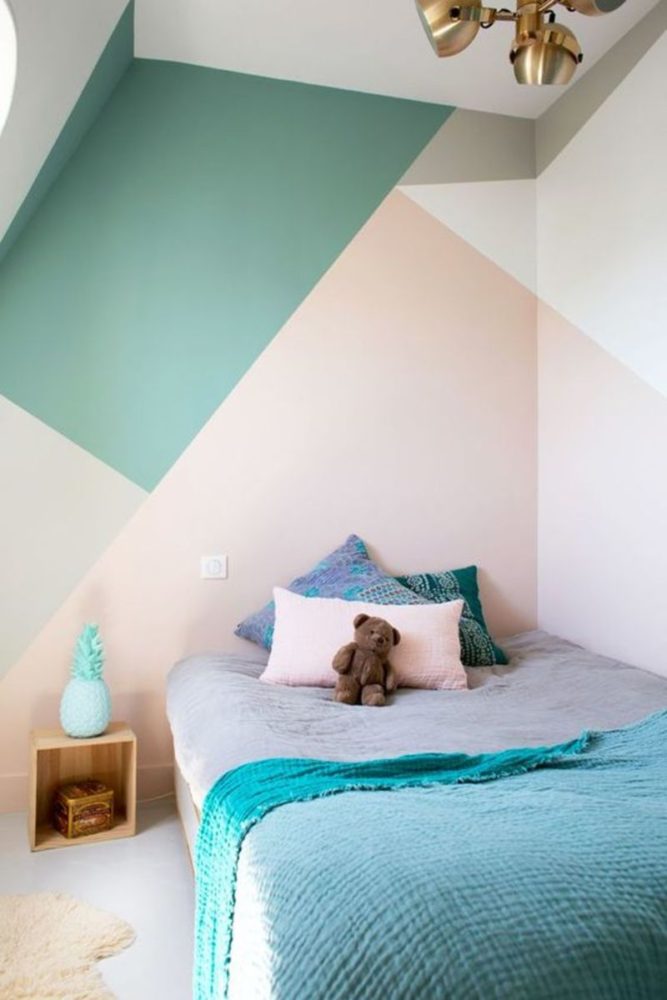

For example, on a gray couch, red pillows orblue carpet - but all this in the achromatic interior. Girls tend to choose shades more complex: purple, lemon-yellow, green (especially the color of a young apple and pistachio), lilac and variations of fuchsia. And it should be noted that girls are beginning to take an active part in the arrangement of their space, they can themselves offer solutions and are jealous of the result. Do not interfere with them. 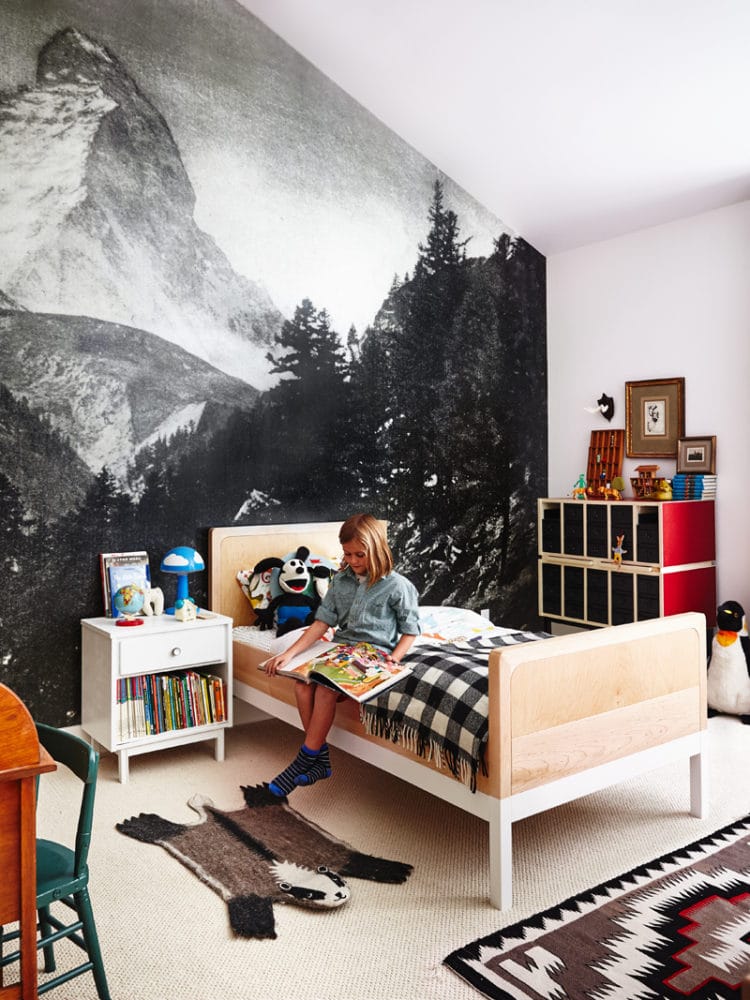
Teenagers are interested in decor andtry to express in it their individuality, often it reflects their interests. But there are some common features. For boys, black-and-white posters with elements of pop art, street art, technocratic sculptures, brutal decor in ethnic style are good: products made of raw stone, textured wood, metal. For girls, there will be an attractive variety of textiles: many textured pillows, curtains, a carpet with a pile, mirrors, unusual ceramics and glass, compositions from photographs. 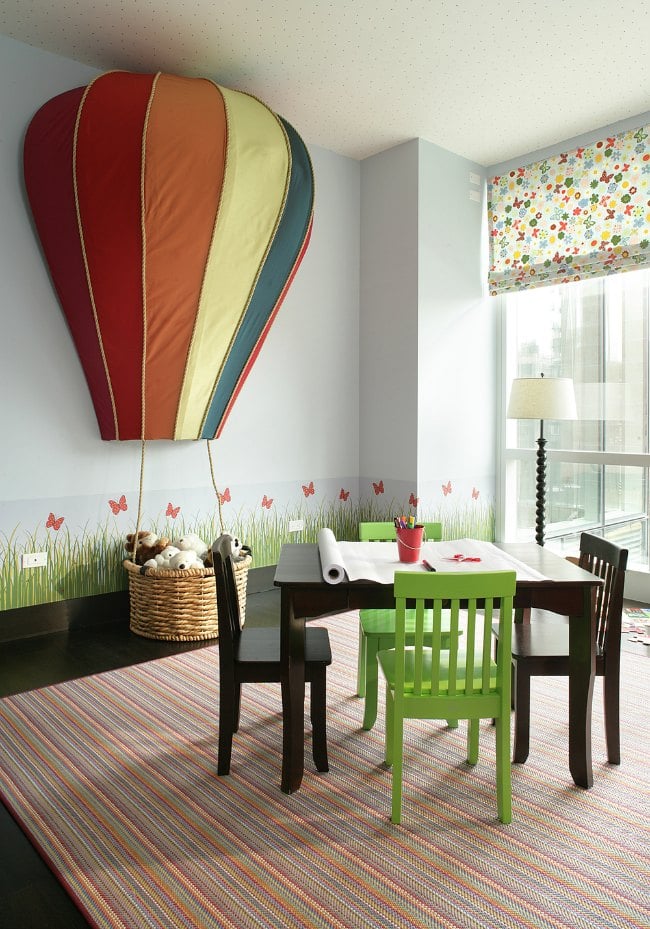

And without exception, all teenagers will appreciate the opportunityManage the light in your room, this will allow them to change the atmosphere: to feel solitude in chamber lighting or activity, using all the possible fixtures. 
You need to understand their desireSeparate your space with a closed door, do not interfere with it without permission. It is possible that the child will appreciate if his room is locked. It is important for a teenager to have a personal area where he can feel independent of his parents. 
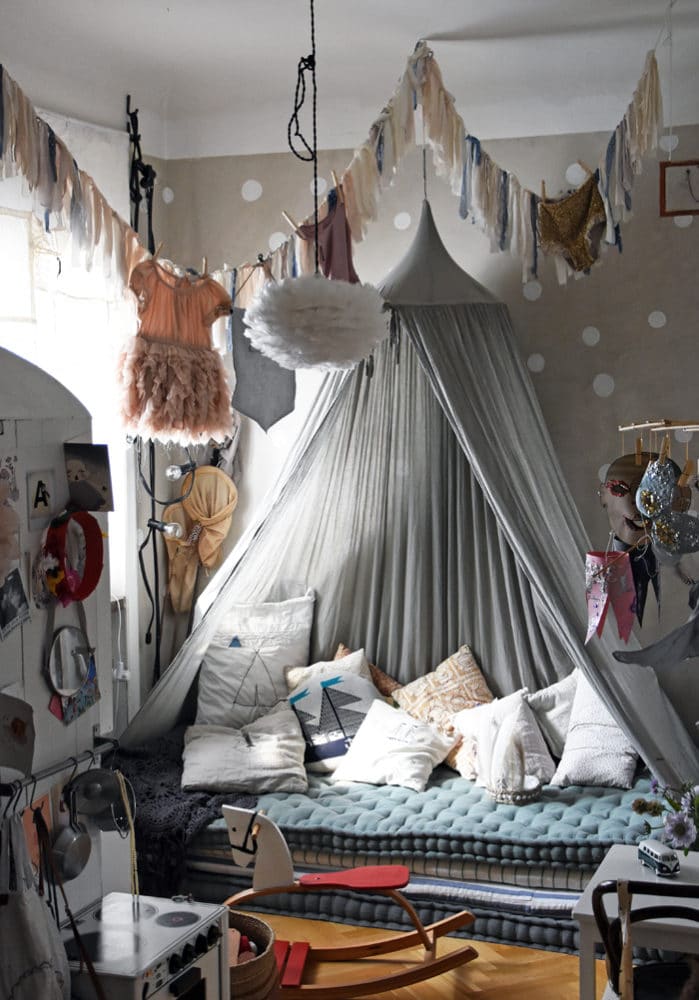
Typical errors that can be tolerated when decorating a child: 
- Do not subordinate the baby's room to one topic! The wardrooms and houses for the princess get bored very quickly, are expensive and at the same time deprive the interior of the ability to transform. Such a room can not "grow" with the child, and what is good in 3 years can not remain relevant even in 10 years. Psychologically themed interior is suitable only for younger age, when the child operates with specific images. As soon as the child begins to form an abstract mindset, this situation becomes uncomfortable, inhibits development, the child can feel shy of his room in front of his friends. Valuable qualities of the child are mobility and the ability to adapt easily to the age and needs of the baby.
- Also uncomfortable for him will be disproportionateA large room full of pompous furniture, dark deep colors, poor lighting. The room should meet the needs and interests of the child, not the parents.
- It is not recommended to place the baby in the entrance orcommon room. If such a situation is unavoidable, then think about this arrangement of furniture so that space is delimited by a cabinet, a shelf, a temporary partition. Do not place his workplace back to the entrance to the room. A sense of security and personal space is important for the child.

